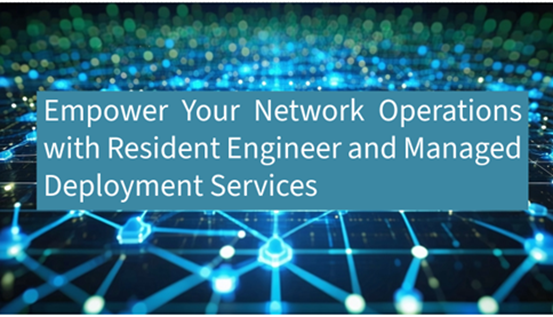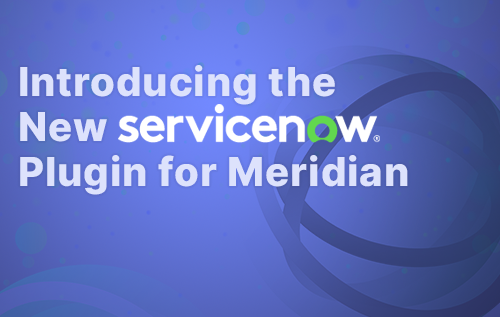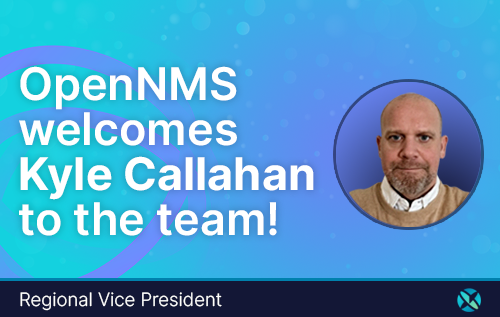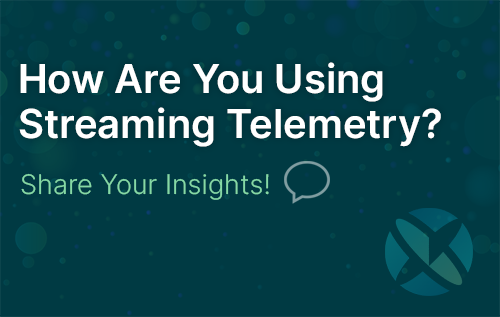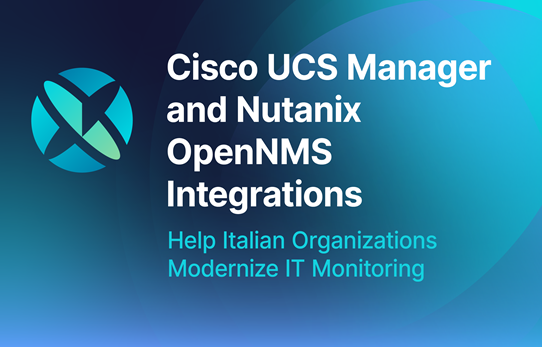What is Lōkahi?
Lōkahi by OpenNMS is a new open source project focused on turning OpenNMS Horizon into a cloud-native application, built on a microservices-based architecture.
Lōkahi, pronounced [loh-KAH-hee], is the Hawaiian word for "unity." (As you may or may not know, one of The OpenNMS Group's founders, David Hustace, is of Hawaiian descent.)
The underlying objective is very much about unifying everything the OpenNMS community has been building for the past 20+ years and reimagining it as an orchestrated, elastic service.
The Lōkahi project is the next generation of open source network monitoring.
You might have noticed activity in GitHub recently, referring to this project as "Horizon Stream." You may have recently found the repository for it and poked around.
"With Lōkahi, we have the opportunity to unify decades of experience and community development to build something that not only monitors the cloud, but that you can deploy natively, in the cloud, to support your organization's initiatives, holistically. It's a chance to use the advantages of cloud infrastructure to achieve—not only your organization's network monitoring challenges of scale and reliability—but also your organization's infrastructure and resource objectives of the future. As always, OpenNMS is built out in the open. So you get the innovative power of the community and the stability of business continuity, which you just can't get with closed-source SaaS solutions."
Why Lōkahi?
The general arc of software development unfortunately bends toward code debt. As flexible and as powerful as the OpenNMS codebase is, being on the leading edge of large Java™ projects since 1999 means a number of past decisions makes it difficult to move the platform forward today.
Lōkahi came about when it became obvious that efforts to convert OpenNMS Horizon into a containerized, cloud-native architecture were riskier than creating this new migration project. This allows development to not only move more quickly, but also address some of that unreachable code debt at the same time.
Where's Lōkahi Today?
Right now, it's focused on cloud-native architecture, along with a few key feature sets for network monitoring. The intention is to encourage a design that brings immediate value by enabling elastic computing through cloud infrastructure deployment.
One of the first initiatives was to improve the design of the stateless OpenNMS Minion to be more autonomous. This allows for remote handling of active polling schedules, thereby reducing the communication chatter between Minions in remote sites and the cloud core. Another focus for Minion is industry-defining security—in-line with zero-trust architecture—Minion uses encrypted and authenticated communications to ensure no unintended sources can inject, fake, or extract your network data.
What's next?
Feature-wise, the priority now is around Flow technologies and advanced traffic analysis and migrating these and other capabilities from Horizon while greatly improving the user experience. Naturally, this requires inventory (network discovery and provisioning) and SNMP capabilities to fully support these features.
Just like Horizon, Lōkahi is open source and encourages all contribution. If you want to submit code, ask design questions, or make recommendations to the project, you can chat with the community developers in the project's Mattermost development channel and the Discourse community.
We believe this is an important, fun project—and we can't wait to see where it takes the OpenNMS community.
